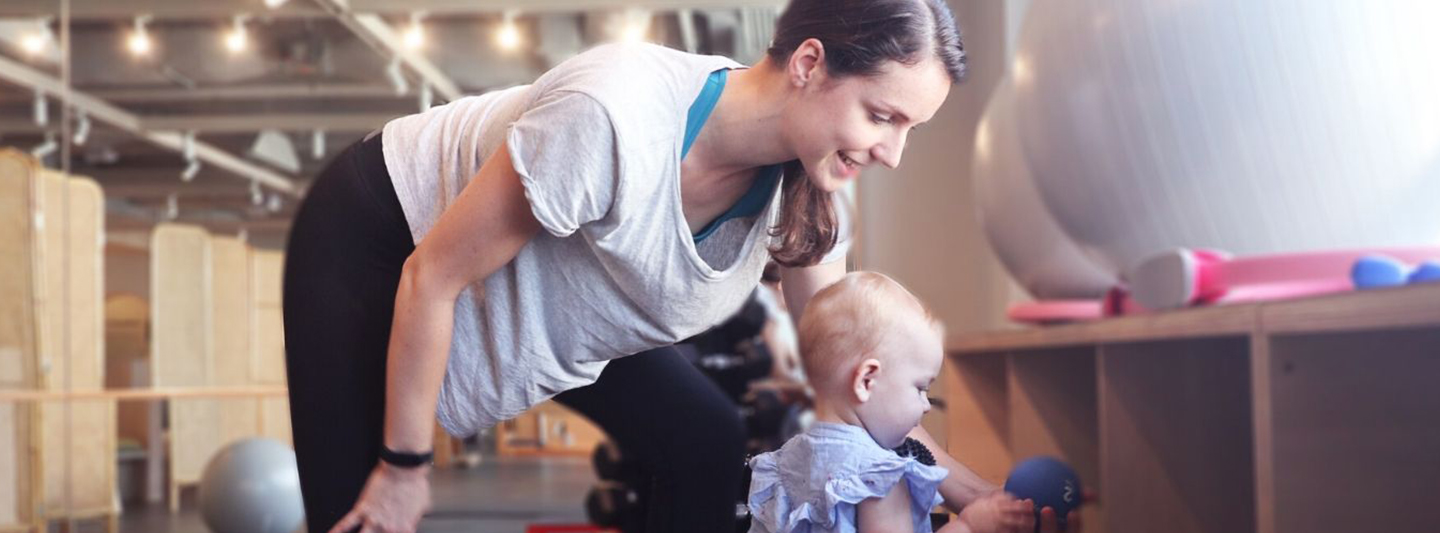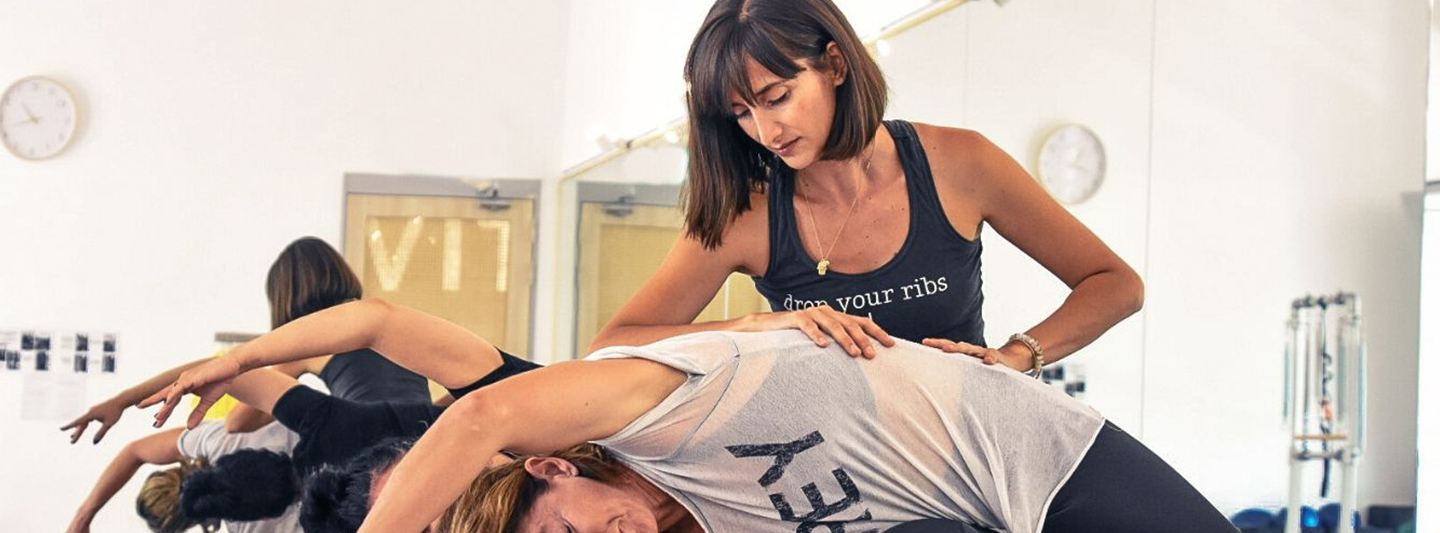Swollen feet and leg cramps are common for those experiencing the wonders of pregnancy. Read on as Pilates, Gyrotonic, Nutritious Movement Restorative Exercise Specialist, Modern Yogi & Pre/Postnatal Instructor, and mother of three children herself, Nada Besir, shares some exercises, stretches and natural remedies to relieve the pain and discomfort associated with them.
Swollen Feet & Ankles
Most pregnant mothers in their third trimester will be familiar with the sight of swollen feet and ankles. It can occur at any point during a pregnancy, but for most, it begins 6 months into pregnancy and peaks in the last trimester.
Swollen feet and ankles are caused by an increase of blood volume and fluids. Dietary imbalances, caffeine, hot weather (which we are constantly blessed with here in Singapore), lack of hydration, or standing for prolonged periods of time, can also be a driving force for the swelling.
It's important to note that if you experience a sudden increase in swelling in your hands, face or feet, coupled with a headache, problems with your vision, severe pain below the ribs or vomiting, you should seek medical advice urgently as these symptoms could be a sign of preeclampsia which can lead to complications if not monitored by a doctor.
The swelling of feet and ankles alone, however, isn’t anything to be concerned about – nor is it debilitating in any way. Besides looking a little unusual, swollen feet can be uncomfortable and painful to walk around with, so if you're trying to ease the swelling, try these stretches and exercises that you can practically do anywhere and anytime!
Calf Stretch
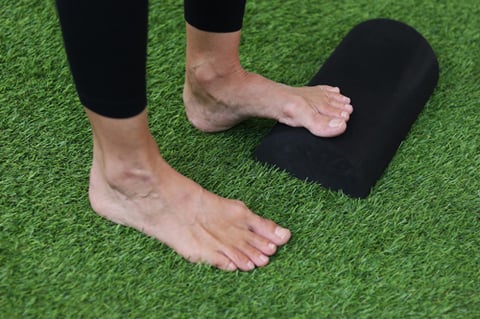
Use a dome, yoga block or even a drink bottle and place it under the ball of one foot with the heel on the floor. The other leg is placed in parallel next to the stretching leg. Hold the position for a comfortable amount of time whilst also pressing down into the heel for the stretch.
Calf Raises
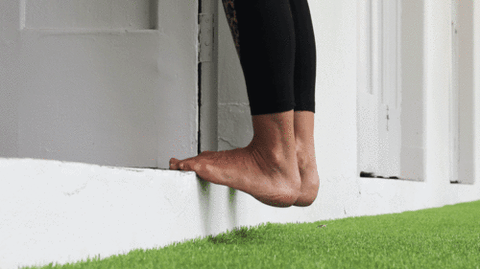
Find a step or a slope, and slowly drop the heels below step-level for a calf stretch. Slowly elevate the heels and then slowly lower back down into the stretch, repeating this about ten times to complete a set.
Ankle Circles
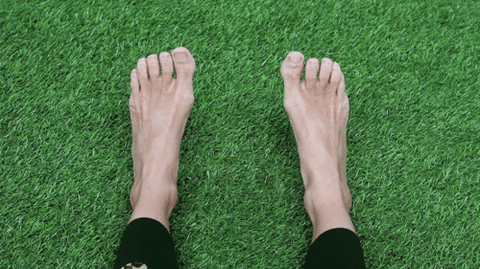
Seated or lying in bed, simply circle the ankles whilst actively spreading the toes. Do this 10 times in each direction.
Foot Release
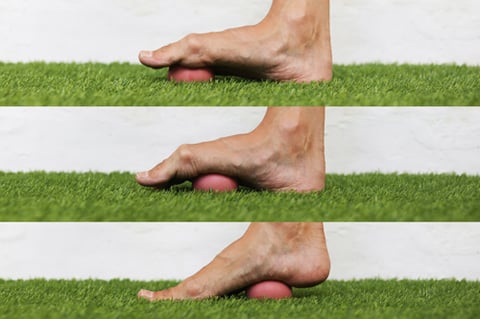
Your feet should stay parallel to each other throughout this movement. Standing in an upright position and using a rubber, tennis or massage type ball, start with the ball under the metatarsal (the ball of the foot). Hold here with heel down for a few breaths then place the ball further down the foot under the arch and hold for a few breaths. Roll the ball underneath your feet so it moves just in front of the heel with toes now resting on the ground, and hold for a few breaths.
Calf Cramps
The causes of leg cramps during pregnancy aren’t medically well understood, however, it’s believed that increased blood volume and fluid placing more stress on the circulatory and musculoskeletal system, as well as weight gain and potentially a lack of essential minerals, are all contributing factors to it.
If your leg cramps are severe and persistent, it would be a good idea to seek medical advice as the correct supplementation or medication may be needed to treat it. Occasional cramping of the calves during pregnancy is normal, however, taking some time out of your day to the exercises above can help prevent them. There are also some natural remedies that can help prevent these involuntary and highly uncomfortable contractions!
Regular Exercise
Exercising regularly throughout your pregnancy will not only help to keep the legs strong and the fluid circulating well around the legs, but it can also improve your general health, reduce the risk of excess weight gain and back pain, and even ease delivery! Low-impact activities such as brisk walking, swimming, or specially designed prenatal yoga/pilates classes are suitable forms of exercise during pregnancy.
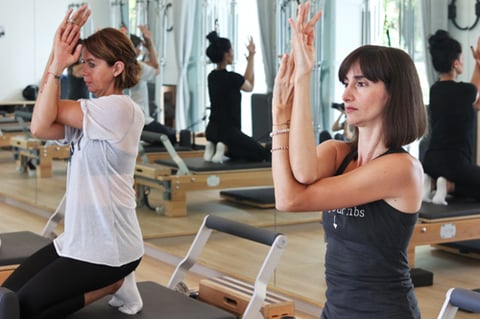
Salt Baths
Submerging yourself in a bath infused with Magnesium or Epsom salts is a cheap and accessible remedy that you can help yourself to in the comfort of your own home! Soaking in warm baths will help to relieve cramps by allowing for the absorption of vital minerals through the skin without having to consume them.
Foot or Leg Massages
Besides giving yourself an hour or two of downtime, treating yourself to regular foot or leg massages will help combat any excess tension in your legs.
Flats Over Heels
Wearing heels places your calves in a consistent shortened position which can exacerbate the likelihood of cramps, so opt for comfortable flat shoes instead to reduce or prevent cramping.
Pilates reformer classes are available at Core Collective Anson and Dempsey with exercises and stretches that'll prepare you for, and ease your labour!
FIND OUT MORE
Contributor:

Originally from Australia but having lived around the world for the last 20 years, Nada Besir teaches private 1-1 and group reformer sessions where she infuses her teachings with multiple modalities with an alignment and functional movement focus. Her modern teaching style strives to educate clients on how to move more in their every day to assist in building strength, mobility and efficiency outside of the classroom.
